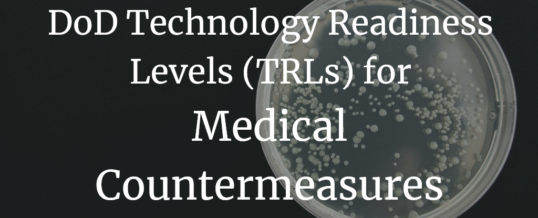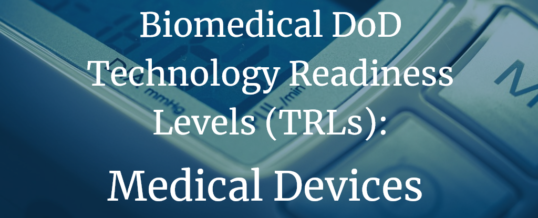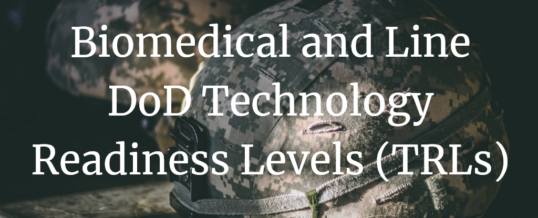Many Department of Defense (DoD) non-dilutive funding opportunities require applicants to submit a statement of work (SOW) as part of the application process. However, while most applicants will be familiar with the Hypothesis/Specific Aims format of a White Paper or Technical Proposal, many people may not be familiar with the SOW’s purpose or Objectives/Tasks/Milestones/Deliverables-oriented structure. The SOW information presented here is focused on biomedical and human systems technologies rather than “line” or non-medical technologies. However, as biomedical ...
Continue Reading →APR










